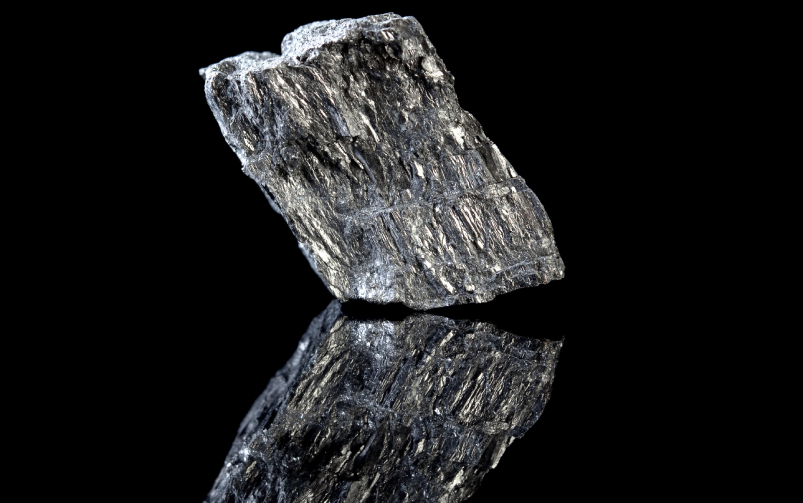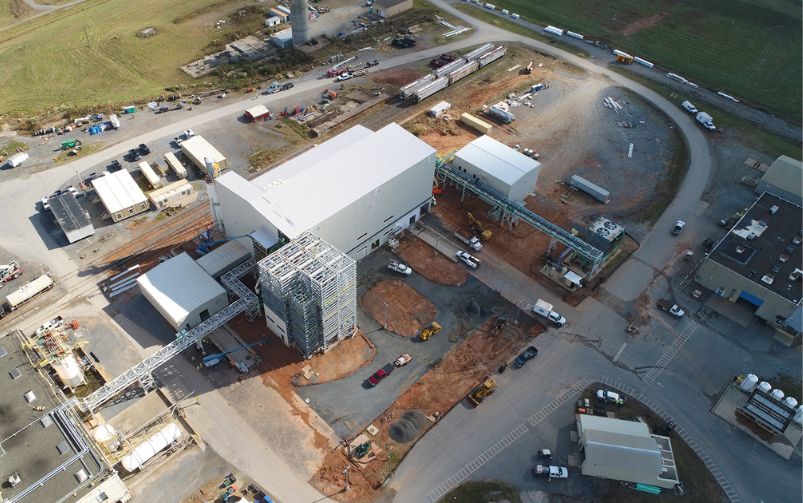BHP’s Jansen potash project, located 140 kilometres east of Saskatoon, stated it has achieved gender balance in its workforce and leadership team. Courtesy of BHP
In December 2020, the Mining Association of Canada (MAC) and its members put out a statement that denounced all forms of discrimination, racism and sexism, as well as recommending actions for the Canadian mining industry to take in the hopes of eliminating them.
More than two years later, the original statement has been used as inspiration for MAC’s newest reporting protocol—the Equitable, Diverse, and Inclusive Workplaces protocol—in its Towards Sustainable Mining (TSM) program, which requires participation from mining companies that are members of MAC, as well as members of other mining associations that have adopted the program. The TSM program is meant to assist mining companies in improving their environmental and social practices.
Katherine Gosselin, director of the TSM program at MAC, told CIM Magazine that it has received unanimous support from its members for the protocol, which was launched in June and sets out requirements for mining companies to improve equity, diversity and inclusion (EDI) performance.
The protocol will measure mining companies’ performance on EDI using three indicators: 1) leadership and strategy; 2) advancing equity, diversity and inclusion; and 3) monitoring, performance and reporting.
“Then those indicators are themselves made up of detailed criteria [that assign] different levels of performance from Level C to Level AAA,” Gosselin said. “We consider [achieving a minimum of] Level A to be good practice.”
One of Level A’s criteria in the first indicator requires companies to have a corporate commitment and strategy on EDI that is communicated to workers, and they must update their board on progress towards implementation. Companies also need to have training or awareness programs related to equity, diversity and inclusion available to all workers and management to attain Level A at the second indicator. For the third indicator, companies need to publicly report on their demographic diversity and have scope and methods for data collection and reporting.
Gosselin said that transforming these commitments into a protocol focused on EDI practices helps to ensure that the commitments made by the industry are implemented, and that performance within each company is tracked.
Putting the protocol into practice
MAC members will have to start publicly reporting on their performance on the EDI protocol in 2026.
“It’s to allow companies time to phase in the new requirements because it is a lot of work,” Gosselin said.
Companies will report confidentially to MAC in 2024 and 2025, and it will publish an initial industry-level picture of how companies are faring. At the time of print, MAC had 46 full members listed on its website and 59 associate members. While all members and associate members are required to sign onto the principles of the protocol, only companies with operating mines are required to report on their performance.
Industry engagement
MAC’s community of interest (COI) advisory panel was key in developing the program, Gosselin said. Both the COI advisory panel and the TSM program were put into place in 2004. The panel includes individuals from Indigenous groups and communities where the industry is active, environmental and social NGOs and labour and financial organizations. Select MAC board members are also part of the panel to provide an industry perspective.
“We had multiple touchpoints with them over the last two years to get their views on what they felt were important criteria to set for the industry, making sure that the industry is setting sufficiently ambitious targets related to EDI,” Gosselin said. She added international industry partners like the Minerals Council of Australia also gave their input during the development of the protocol.
Gosselin said that capturing EDI as distinct yet interlinked concepts was an important part of the protocol development process.
EDI in mining companies
Georgina Blanco, vice-president of external affairs and social responsibility at Equinox Gold Corp., was part of the working group that developed the protocol.
“It was a very enriching experience because it was developed by us and our peers as an industry and not imposed by any external parties,” Blanco told CIM Magazine.
Blanco said one of Equinox Gold’s goals in the last year was to achieve a Level A rating for a minimum of 75 per cent of all TSM protocol indicators, which it outlined in its 2022 ESG report. She added that Equinox Gold plans on scoring Level A on the EDI protocol, too.
In its report, Equinox Gold stated that women comprised 14 per cent of employees and held 20 per cent of executive and senior management positions. “We obviously want that to be more, but it already shows that women have their space in higher positions of decision-making,” Blanco said.
According to data compiled in April 2023 by S&P Global Commodity Insights, women in metals and mining companies globally held 14 per cent of executive positions, 12.3 per cent of board positions and 12.1 per cent of C-suite positions. According to Canada’s most recent census data, in 2021, women made up 16.4 per cent of the Canadian mining workforce.
Blanco stated that while Equinox wants to recruit more women, there have to be policies in place to retain women who are already in the workforce.
“We want to make sure that the women already working with us feel safe and respected at work and that their needs are covered by the company, in terms of family-work balance,” she said, adding that it could create a ripple effect to attract more women to the workforce.
On July 17, BHP Group Ltd. announced that the Jansen project’s workforce had achieved gender balance with 43.8 per cent female representation at the end of the 2023 fiscal year in June. Gender balance is defined by BHP as “a minimum 40 per cent female and 40 per cent male in line with the definitions used by entities such as the International Labour Organisation and HESTA.” The Jansen project, located in Saskatchewan and expected to start production in late 2026, also has a leadership team comprised of 52 per cent women.
Simon Thomas, president of potash at BHP, told CIM Magazine it is also aiming to have Indigenous employees represent 20 per cent of the Jansen workforce by the end of the 2026 fiscal year, once operational. He said it would be representative of the community it operates in. Currently, the figure stands at 7.7 per cent.
“Workforces that are balanced and are inclusive are far more productive. The well-being of the individuals that work in those teams is much stronger and their connectivity to the organization, the outcomes they produce as a group, are stronger too,” he said.
Across all of BHP’s operations, the company aims to achieve gender balance by June 30, 2025. As of June 30, 2023, the representation of women in BHP’s employee workforce stood at 35.2 per cent, according to its 2023 annual report.
Eldorado Gold Corp. has also taken steps towards increasing the representation of women in its workforce. In 2018, the company joined the 30% Club Canada, an initiative that aims to achieve better gender balance at both the board and senior management levels. In its 2022 sustainability report, Eldorado Gold stated its board was composed of 56 per cent female directors, and that it set a goal for women to hold 30 per cent of senior management positions by 2023.
Shauna Goldenberg, director of inclusion and engagement at Eldorado Gold, told CIM Magazine that diversity is a strength for driving better quality business decisions. She noted the company undertakes a survey annually to better understand its employees and consequentially, better understand where to focus EDI practices.
She also pointed to a partnership between Eldorado and the School of Indigenous Studies at the University of Québec in Abitibi-Témiscamingue that aims to increase Indigenous participation in the mining industry. Through the expertise of teaching staff, the partners developed a project to retain members of the Anishinaabe community in the industry’s workforce.
Eldorado is currently using the new EDI protocol to assess where the company has gaps in its EDI performance, Goldenberg said.
“The TSM protocols have done a really great job outlining what organizations should be doing,” Goldenberg said. “Support from senior leaders combined with TSM protocols, like EDI, is the catalyst to see the change that we need and stimulate the mining industry for continued success.”




